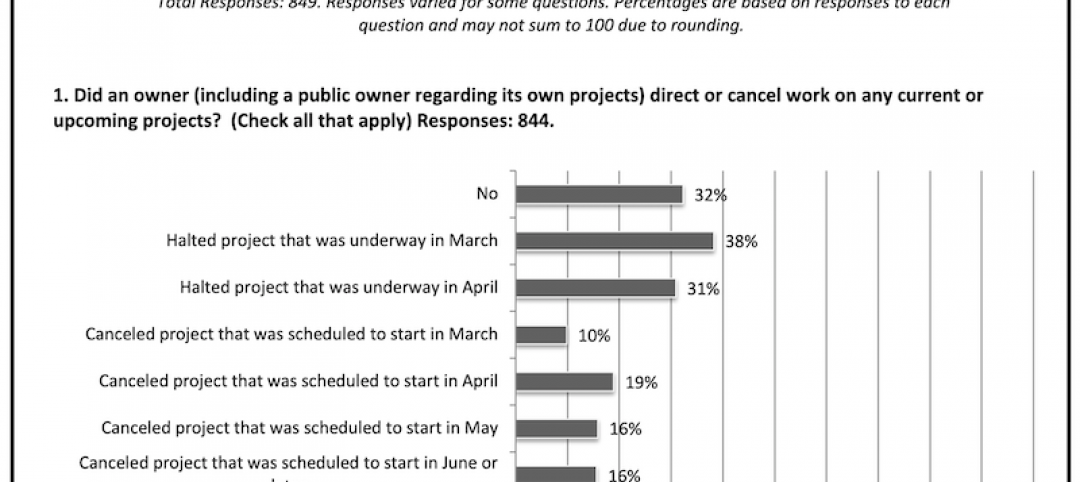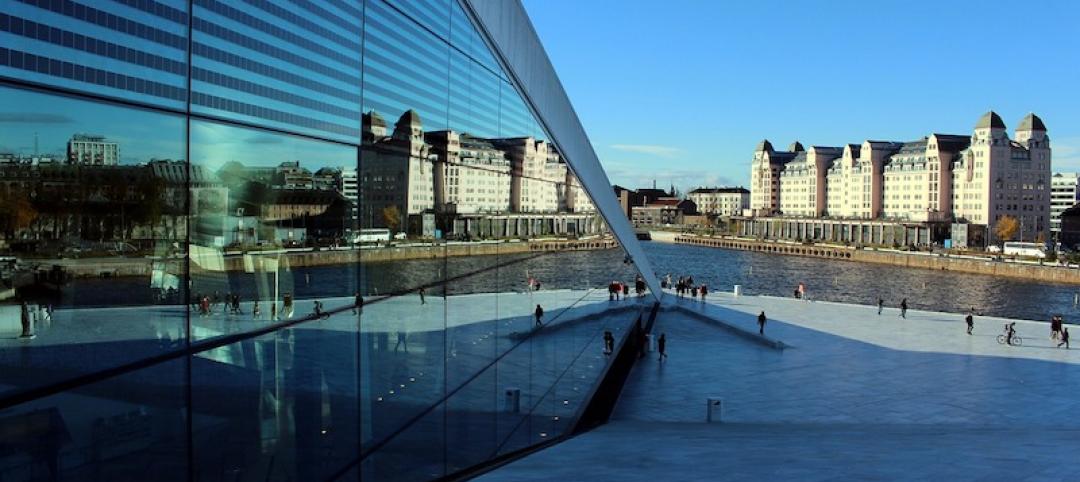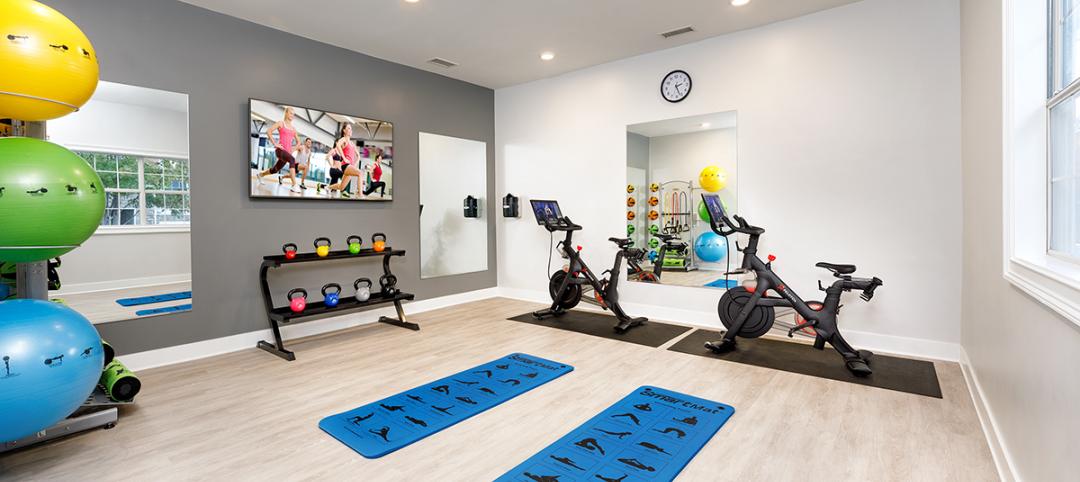Man up*, America’s Building Teams! The gauntlet has been thrown at your feet. The fighting words have been issued. It’s dueling BIM models at sunrise. There’s no longer any excuse for not at least trying to build a net-zero (or near net-zero) energy building. (*OK, before I get hammered as a sexist, "women up" too, I suppose - although I haven't heard it used.)
That’s because we now have tangible evidence of a viable net-zero energy building—the 222,000-sf Research Support Facility at the National Renewable Energy Lab, a Platinum winner in this year’s Building Team Awards (page 36). This building shows that net-zero energy construction is no longer a pipe dream.
Can you imagine what it must have been like for the RSF Building Team, with hundreds of scientists—who spend 100% of their working hours on energy research—breathing down their necks? That the team exceeded all 26 management objectives with such an intensely involved client on their case is proof that this can be done under more “normal” circumstances.
What, then, are the “excuses”? Well, it could be argued that, since the client is a government agency, they’ve got deep pockets. Wrong! There was a strict $64 million cap (which included infrastructure and campus improvements) on the job: The Building Team would have been severely penalized had they exceeded that limit.
Did the Denver climate make it easy compared to, say, Florida or New England? Maybe. Maybe not. But future net-zero Building Teams would adjust their design and construction strategies to meet local conditions. In other words, the RSF should not become a cookie-cutter template. It is possible that future net-zero buildings may be taller than the RSF’s three stories; they may have a different footprint than the “slanted H” of the RSF. That would be a function of the imagination and expertise of the respective Building Teams.
In the case of the RSF, the truly significant number is not zero, but 80. That’s the percentage of energy savings that the Building Team achieved in comparison to a conventional office building. They literally pushed the building envelope (and every other component—lighting and daylighting in particular) to squeeze out every wasteful Btu. Only then were renewables added.
That target—80% energy reduction—is really what Building Teams should be eyeing. Clearly, Building Teams working on the next generation of new green buildings need to be thinking about bringing their projects in somewhere in the 50-75% range of energy conservation. I repeat: The RSF proves it can be done.
In fact, the case could be made that, unless the renewables are heavily subsidized (with tax writeoffs, grants, or ESCO-type financing schemes), it might be better to make private-sector buildings “renewable ready,” and wait for PV, geothermal, and other renewable prices to come down (as they are). The exception: government buildings, which should include renewables as a means to help move those technologies along.
I haven’t said anything about getting existing buildings to net-zero energy use, but that’s the next big step. After all, noresidential buildings consume 19% of energy use and residences another 20%, so most of the problem is already in the ground. Making existing buildings and homes more energy efficient would really pay off.
I’ll end this discourse as I did elsewhere in this issue: If the U.S. government can build a net-zero energy office building at fairly reasonable cost, why can’t the private sector do so?















